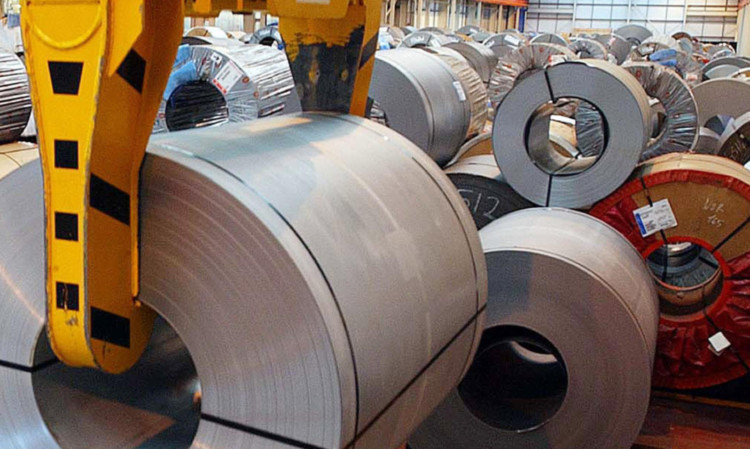Hopes of a buoyant 2014 have been boosted after figures revealed manufacturers enjoyed their best quarter for more than two-and-a-half-years.
The closely-watched Chartered Institute of Purchasing & Supply (CIPS) purchasing managers’ index (PMI) showed a reading of 57.3 in December down slightly on November’s 58.1, but marking the ninth month of rising output in a row.
And the average reading for the final quarter of 2013 was the highest since the first three months of 2011, at 57.2.
A reading above 50 indicates growth.
CIPS chief executive David Noble said UK manufacturing ended 2013 “on a high” and “with all signs of powering ahead into 2014”.
Despite manufacturing remaining 9% off its pre-crisis production peak, economists hailed the results as a further sign of a “self-sustaining” recovery in the broader economy.
Rob Dobson, senior economist at research partner Markit, said: “The question everyone wants answering is whether this upturn can develop into a self-sustaining recovery.
“The news is still good on this score, as growth is coming from a broad base that should help keep the rebound on track during the early stages of 2014.”
Samuel Tombs, UK economist at consultancy Capital Economics, added the survey provides another indication that the recovery is “the product of more than just an unsustainable boom in household spending”.
The reading for new orders slipped to 60.4 in December from November’s 19-year high of 63.9, but remained well above the historical average, while the rate of jobs growth in the sector was the second strongest for two-and-a-half years.
But the survey flagged up concerns over rising prices as input inflation hit a 28-month high and output charges rose at the fastest clip since September 2011.
Factories faced higher energy, commodity and raw material costs, among other price pressures, according to the survey.
